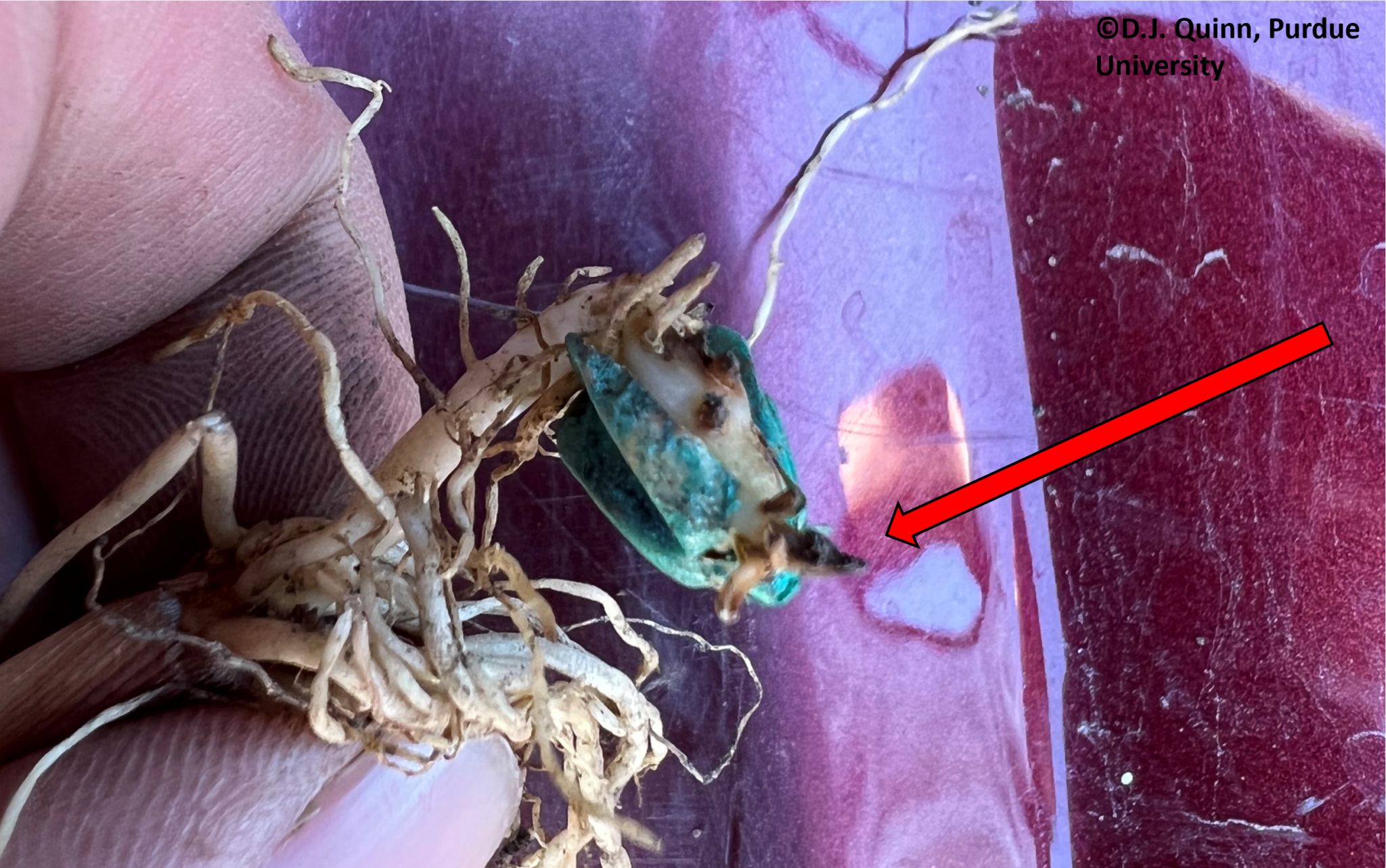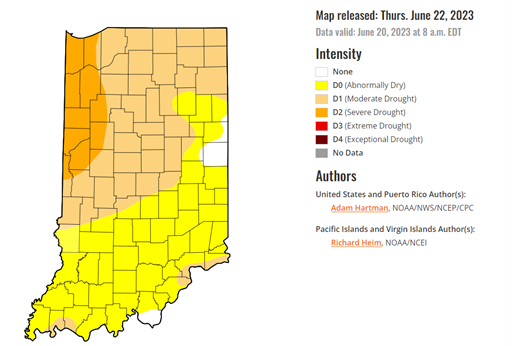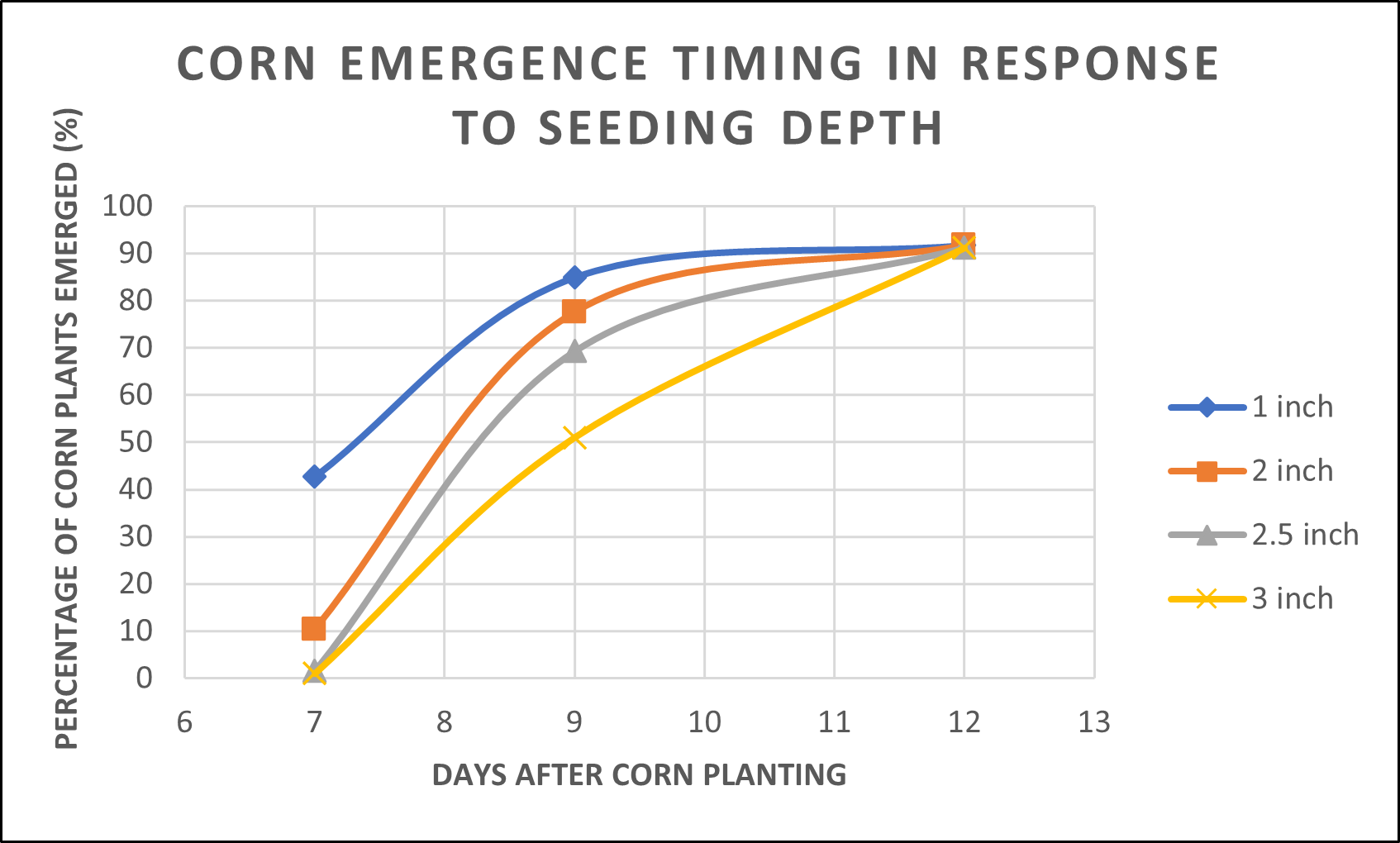
Many farmers in Indiana utilize starter fertilizer applications, specifically applied through the planter and in close proximity to the seed, which are known to provide benefits such as early crop access to necessary nutrients, improved and more rapid plant growth, and reduced grain moisture at harvest.








